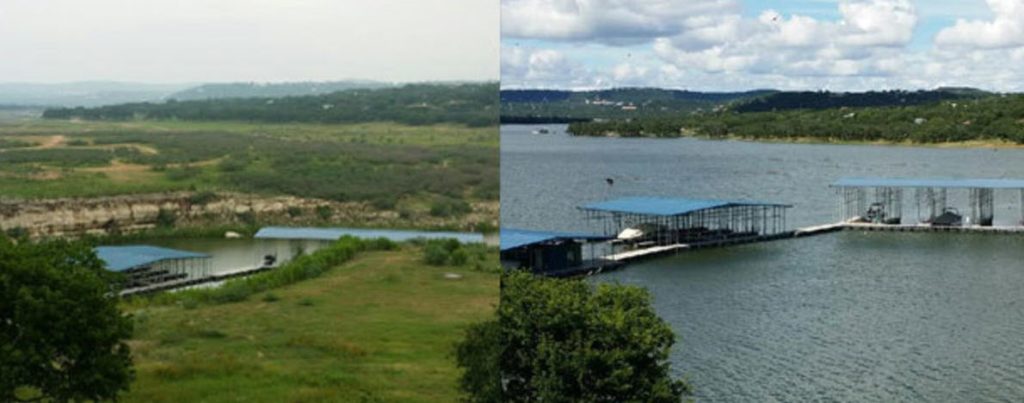When: March 11 @ 1:30 pm - 4:30 pm
Where: Travis County East Service Center, 6011 Blue Bluff Road, Austin
Cost: Free
The Texas A&M AgriLife Extension Service will hold educational seminars on industrial hemp production. The seminar, First Things – Considerations for Industrial Hemp in Texas, is organized by Calvin Trostle, Ph.D., AgriLife Extension agronomist, Lubbock. Dr. Trostle is conducting the seminar at multiple sites throughout Texas. Noel Troxclair, AgriLife Extension agriculture and natural resources agent, Travis County is hosting the Austin area seminar.
The program is set for March 11. Registration begins at 1:30 p.m. registration with program from 2-4:30 p.m. at the Travis County East Service Center, 6011 Blue Bluff Road, Austin. No cost to attend. For more information, contact Noel Troxclair, AgriLife Extension agriculture and natural resources agent, Travis County, at 512-854-9600.
Dr. Trostle notes that “Texas hemp production will become legal within a few months,” with the “Texas Department of Agriculture anticipates opening the online application for licenses the week of March 16.”
Topics Covered
AgriLife Extension does not support or oppose hemp. The educational seminar is designed to provide resources and knowledge to make informed decisions about putting industrial hemp into production.
Seminar speakers will include Calvin Trostle; Bill Thompson, Ph.D., AgriLife Extension economist, San Angelo; and local AgriLife Extension agriculture county agent Noel Troxclair.
Topics covered will include:
- The background of industrial hemp.
- Possible opportunities in industrial hemp for fiber, grain and cannabinoids/CBD.
- Major issues surrounding planting and poor planting seed quality.
- Preliminary agronomic considerations for production.
- A short summary of proposed Texas Department of Agriculture rules for hemp.
- Economic considerations and risks.
- Comments and your questions and answers about industrial hemp.
- For those who are unable to attend, more information about industrial hemp production can be found at https://agrilifeextension.tamu.edu/browse/hemp/


